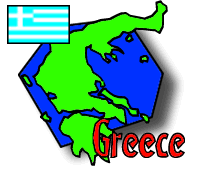
Food of the Day: Tighanopsomo ![]() )
)
Person of the Day: Mr. Vasilis Diamantopoulos and his daughter Tanya
Tech Fact of the Day: Vernal Equinox
Group Dispatch, March 21-22

Questions? Ask Padraic ![]() !
!
 |
 |
 |
 |
 |
|
Itinerary/ Journal |
Discussions |
About Greece |
eDscape Projects |
Scrapbook |
|
|
|
|
|
|
|
Copyright 1997-99 BikeAbout. All rights reserved.